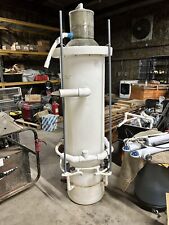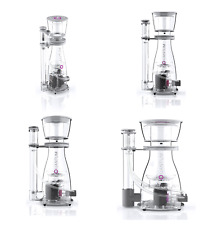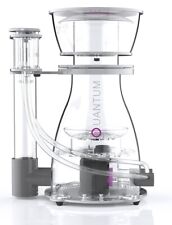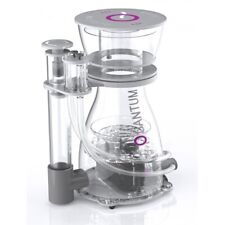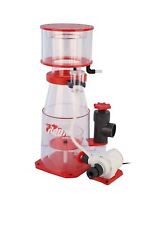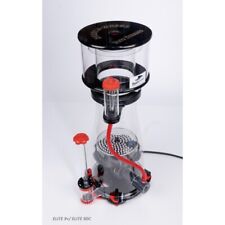Choosing a Ferret

Which color is the best? Male or female? What age?
Choose whatever color you like best. There’s no consistent personality difference between a (neutered) male and a female. Males are generally considerably larger, around 18" and 2-5 pounds (that’s 45 cm and 0.9 to 2.3 kg, in the US; European-bred ferrets differ a bit) compared to 15" and 0.75-3 pounds (40 cm and 0.4 to 1.3 kg) for females. Males’ heads are usually wider, which can give them a more cat-like appearance. If you’re getting an unneutered ferret, bear in mind that the cost to spay a female can be higher than the cost to neuter a male. (Unless you’re specifically planning to breed them, you will NEED to "alter" your pets). There are two contradictory opinions regarding what age ferret is best for a new owner. Adults tend to be a bit calmer and may already be litter- and nip-trained, but they are larger and may have acquired bad habits, too. Kits are very cute, and their small size and (for a young kit) sleepiness can be less intimidating for a new owner, but they require more care and a lot more training and will become very active before too long. Ferrets under 7 or 8 weeks probably shouldn’t be away from their mothers yet, and many breeders prefer to keep their kits for 10 weeks or more.
How many should I get?
Ferrets don’t need other ferrets to be happy, but if you won’t be around much, two or more will keep each other company. They’ll also be more fun, but more responsibility. I’d recommend getting one at first, so you can get to know it, and it you. There’s some advantage to only having to train one at a time, too. I’d suggest at least a month between them, if you’re going to get several, although it’s certainly not necessary. If you decide you want more later, you can always get another; they usually get along just fine. There’s no problem mixing (neutered) ferrets of either gender in any combination.


